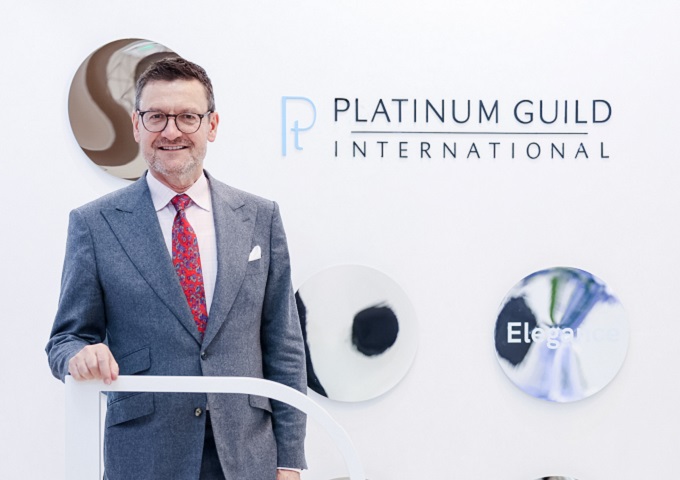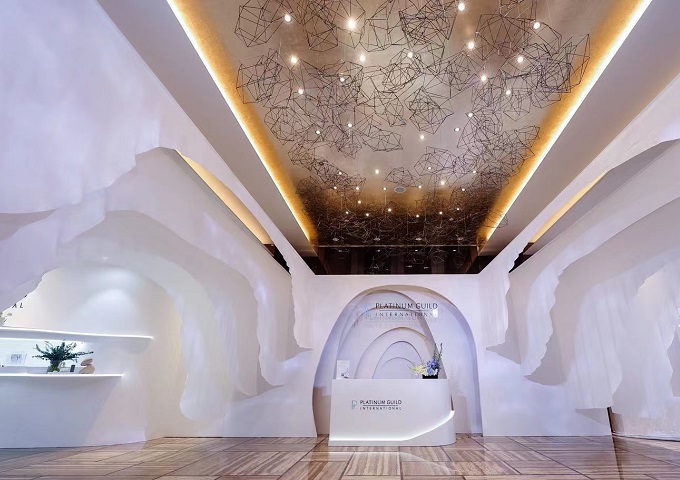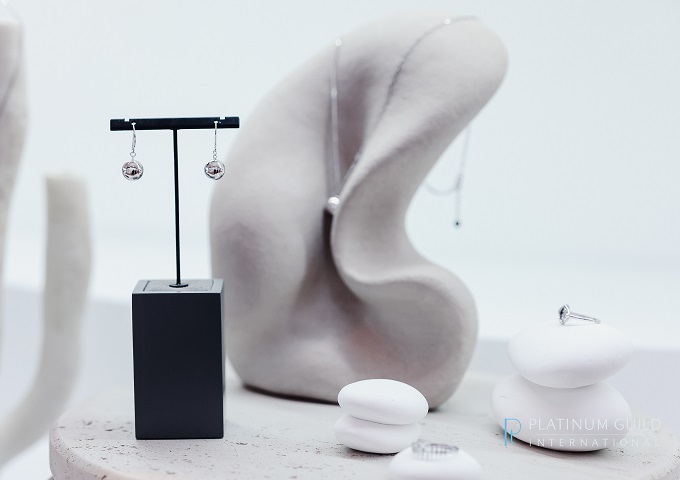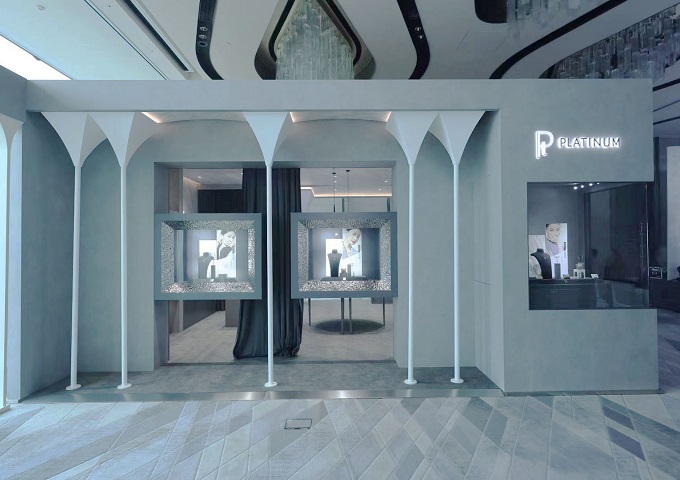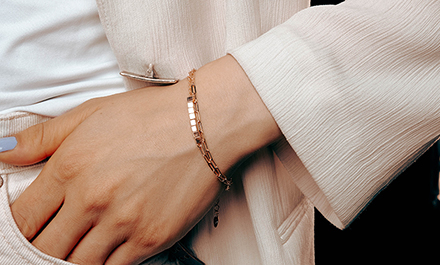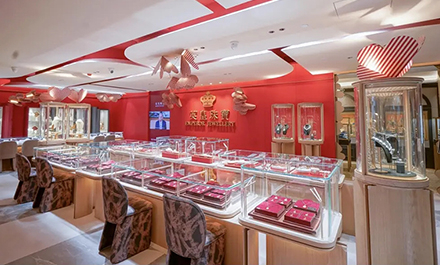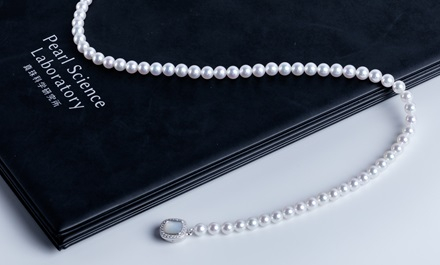Huw Daniel, CEO of Platinum Guild International (PGI), reveals the organisation’s priorities, targets and strategies for the China market.
How significant is the China market to PGI?
China is the market with the largest volume for platinum jewellery. Globally, Japan is the largest per capita volume market for platinum jewellery, while the fast-growing market is India. But China remains a top priority for us because of the size of the business.
PGI’s role is to help the trade with product and design innovation while engaging consumers to grow demand for platinum jewellery.
Since wedding rates in China are dropping, we have adjusted our strategy to Bridal Plus, which extends beyond pure bridal to love-gifting purchases. Due to platinum’s image as a valuable, premium and everlasting metal, its heartland is love-gifting jewellery, which includes bridal, anniversaries and other highly emotionally charged occasions. We work with retailers based on their priorities, whether it is bridal or fashion-driven collections. As custodians of platinum, we support both markets.
How have the Pt Moment® initiative and branded jewellery collections evolved over the years?
PGI launched the Pt Moment® branded collection five years ago to encourage small and medium-sized retailers in China to integrate platinum into their business at a time when the market carried mainly generic products. Our goal was to show how branding could make jewellery more meaningful to consumers, achieve higher margins and improve inventory turnover.
We started with five retailers with around 40 stores and now work with over 50 retailers with nearly 1,200 stores. Those partners have embraced the concept of branded collections and are even customising Pt Moment pieces and creating their own designs. PGI supports traditional and non-traditional jewellers in developing and marketing branded collections to help move the business from generic products to more differentiated offerings.
Pt Moment targets the younger, self-purchase market segment, and its slogan – Tenacity powered elegance, emboldened by Platinum – reflects that young, confident, empowered women increasingly comprise the bulk of our customer base. New technological advancements also enable the production of fresher and unconventional designs for platinum jewellery such as enamel-accented pieces, gem-set items and lighter, electroformed jewellery.
What are the challenges and opportunities for platinum jewellery in China?
The immediate challenge for the entire gem and jewellery industry is getting consumers back in the stores and willing to spend again. Platinum, however, is an heirloom material that is cherished for its beauty, value, significance and everlasting nature. This appeals to consumers seeking meaning and certainty after the pandemic. Platinum’s price is also at a historically low level, enabling retailers to stock up on inventory of premium white metal jewellery.
We are working with manufacturers in China to address previous casting concerns and develop more gem-set platinum jewellery to offer fresh design options. Moreover, only 18 per cent of global fine jewellery is branded; this figure is 15 per cent in China. The opportunities with branded collections are therefore endless.
What are your priorities in China?
Our five-year ambition is to make platinum the premier innovator in China, in terms of the metal, design, marketing and retail. Aside from enhancing manufacturing capabilities, this also entails fully tapping branding and retail opportunities, improving engagement on social media and influencing consumer perception of platinum as a fashionable, fine jewellery metal that is also timeless and steadfast. We must strike a balance between positioning platinum as relevant and appealing to today’s consumer and respecting its innate nature as heirloom material. Platinum has one foot in the past, one foot in the present, and one foot in the future.
How different is China from other key markets?
Yellow gold is part of the traditional Chinese culture, and platinum is a relatively new metal that is generally perceived as representing contemporary values and choices. In Western markets, platinum is primarily a gem-set metal. Around 90 per cent of the market in America and Europe is gem-set, with the balance being wedding bands. In China, only 30 to 35 per cent of the market is gem-set. Platinum’s business in China is and will likely remain a plain-metal business, which comes at a different price point and is consumed differently. PGI thus has a two-pronged task: Making platinum meaningful to consumers in the context of a plain-metal purchase through branding innovation and making gem-set platinum relevant to the market. We also adopt omnichannel marketing, working with conventional offline jewellery stores as well as with e-commerce, KOL (key opinion leaders) and livestreaming platforms to tap all fine jewellery retail scenarios and maintain the most comprehensive but aligned message of our advocacy.




